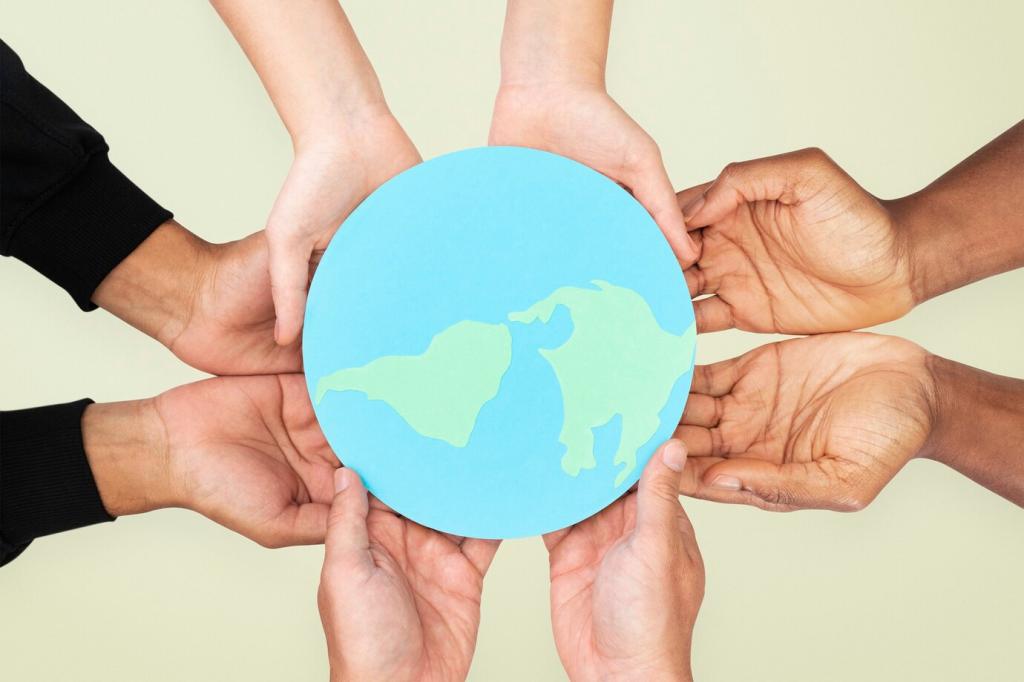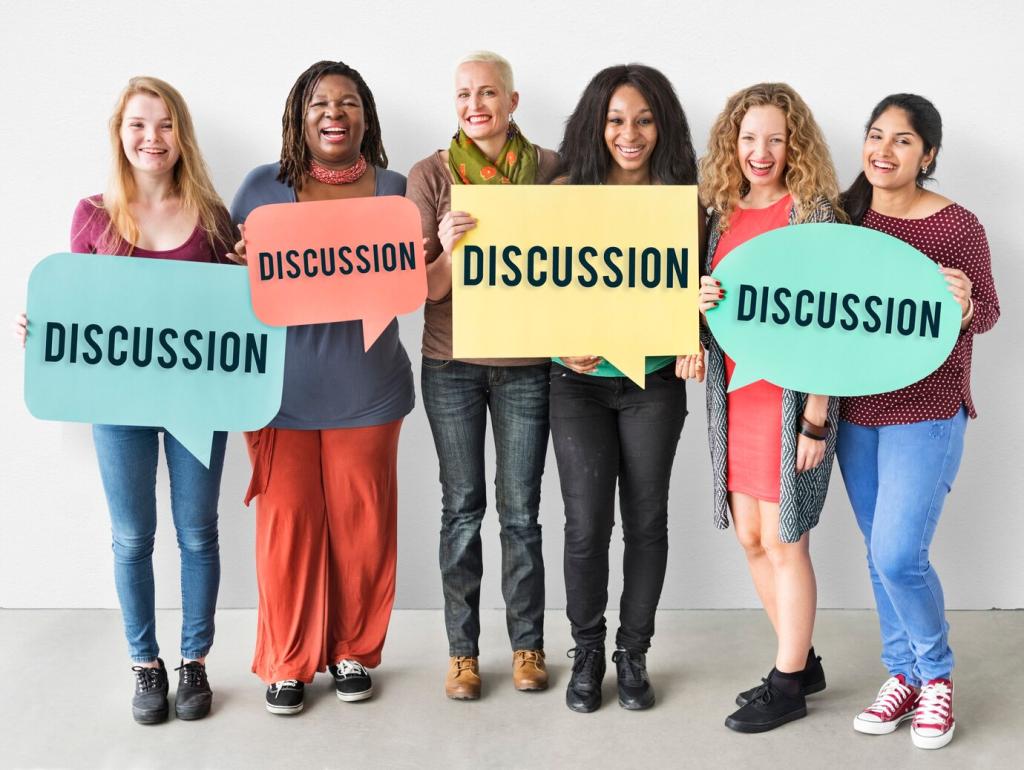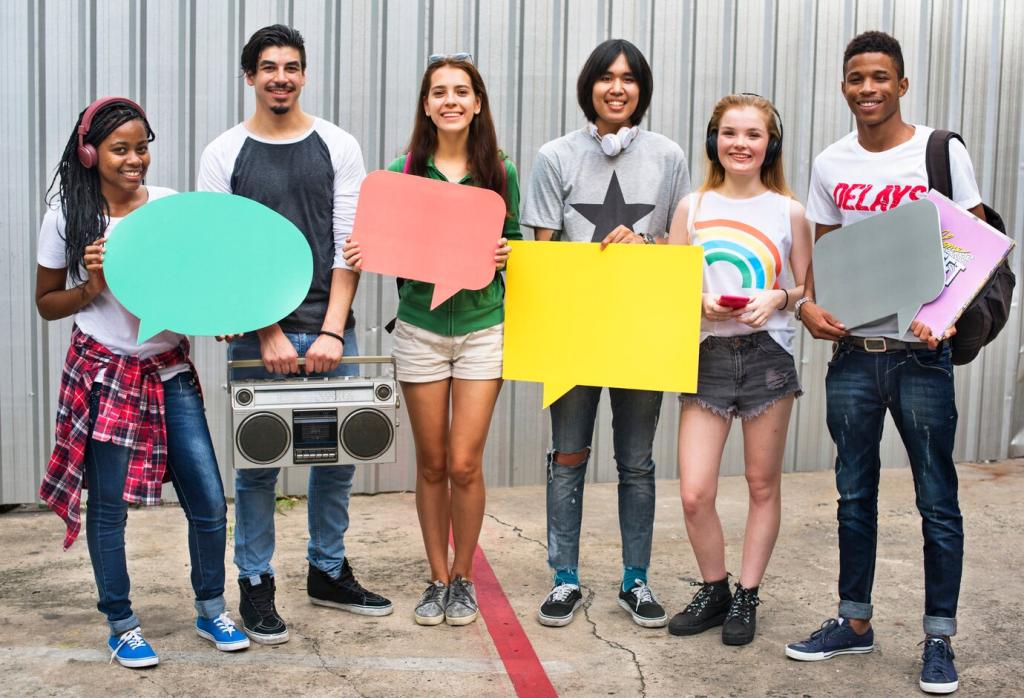Roots and Reverberations: Cultural Symbols Reimagined
Artists revive the lotus, peacock, conch, and yantras not as decoration, but as containers of meaning. A lotus might become a map of resilience, a conch a siren for justice, while geometric yantras morph into meditative grids guiding viewers toward stillness and questioning.
Roots and Reverberations: Cultural Symbols Reimagined
The Ramayana and Mahabharata step into modern cityscapes, where painters cast divine travelers as commuters, protestors, or guardians of fragile ecosystems. Myth provides scale and memory; contemporary settings supply friction, urgency, and humor. Which epic scene would you reinterpret for today’s headlines?






